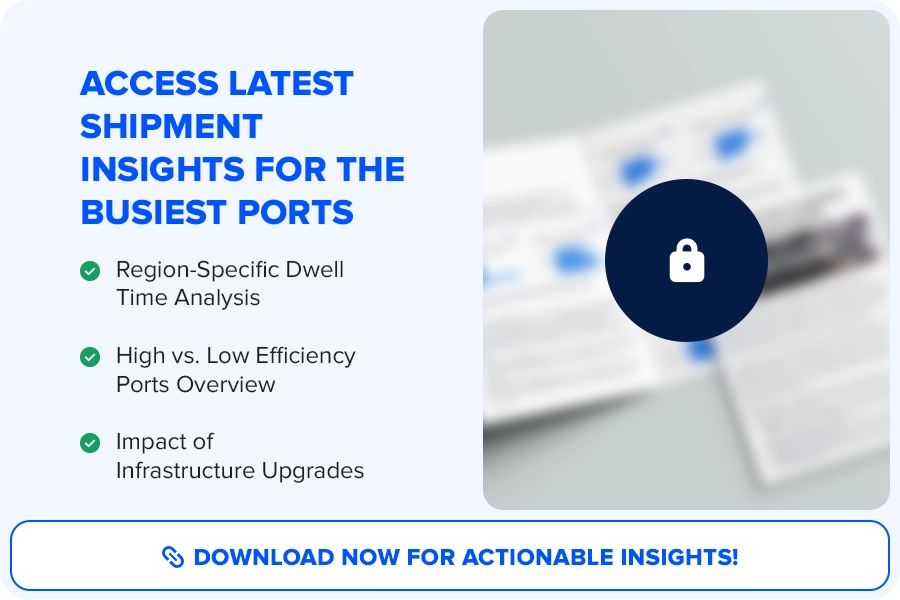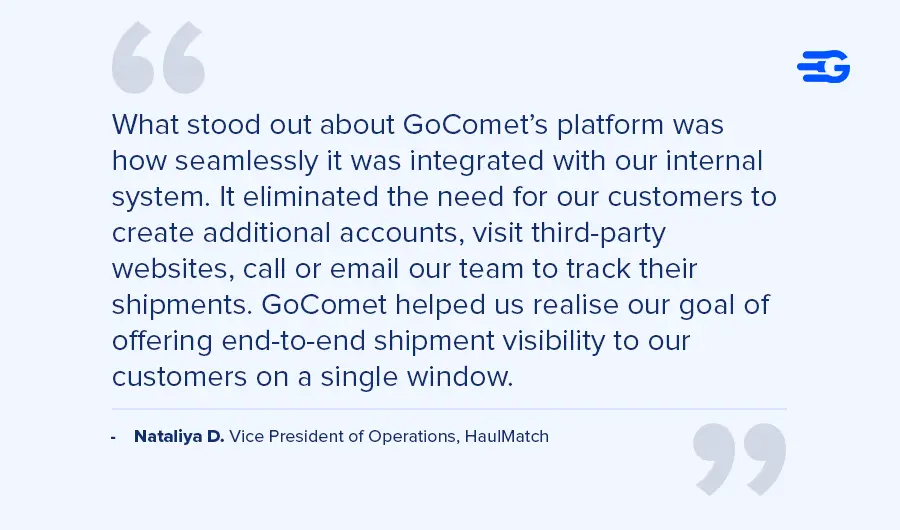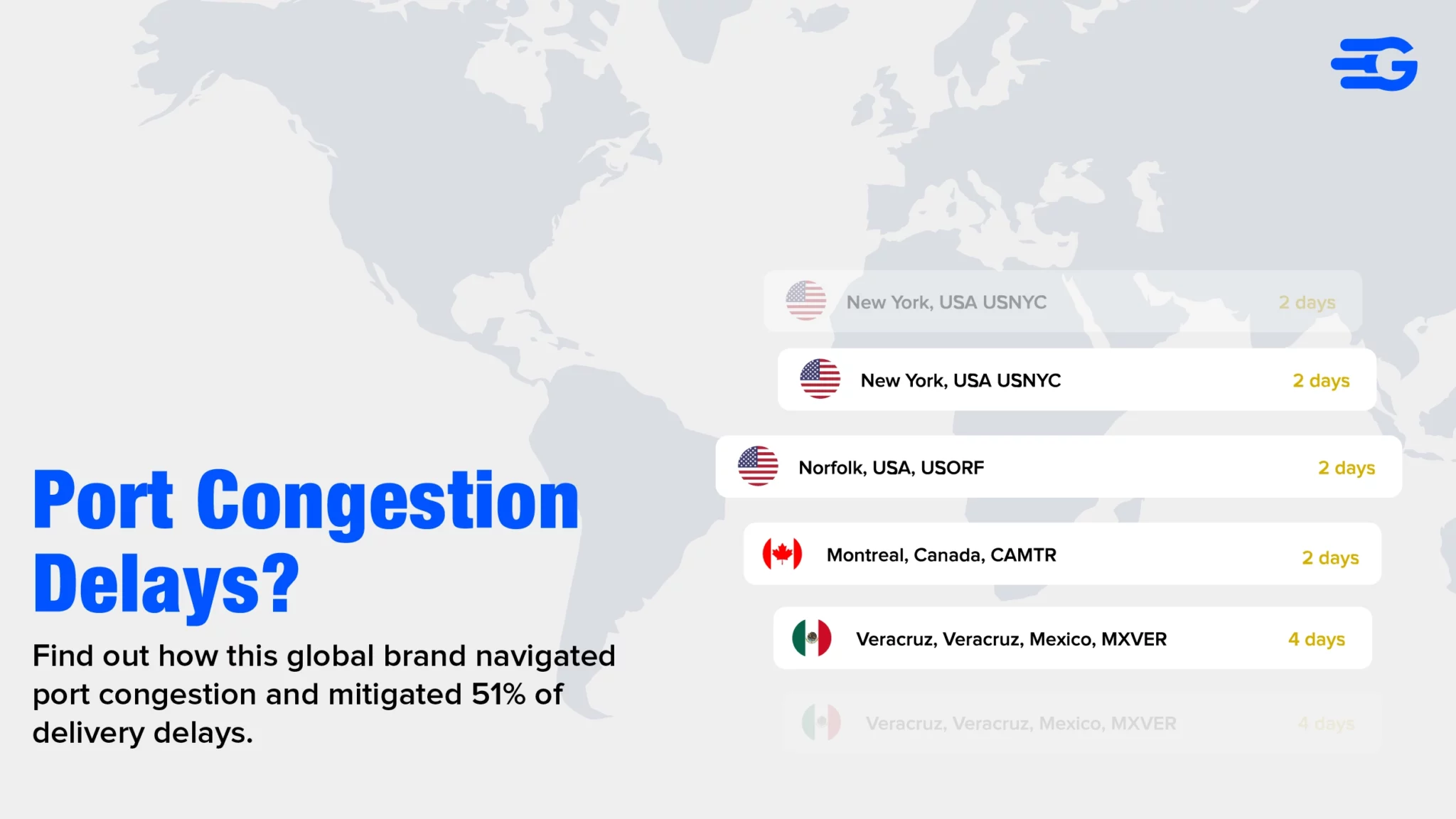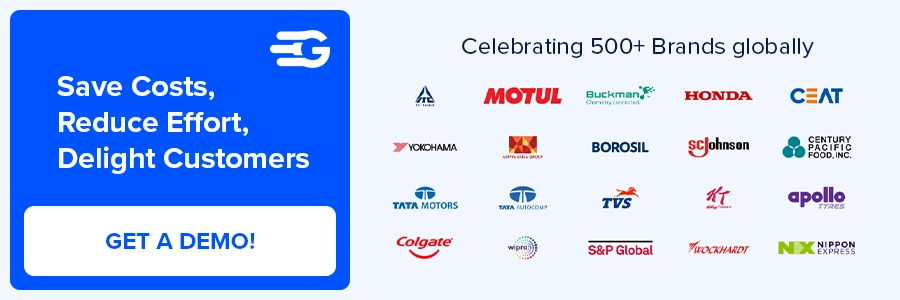Leveraging Predictive Analytics in Supply Chain Management
Introduction to Supply Chain Predictive Analytics
Supply chains are the backbone of any product-based business, ensuring the efficient flow of goods from suppliers to manufacturers to distributors and ultimately to customers. In today’s fast-paced and highly competitive business landscape, supply chain management has become crucial, with companies striving to optimize their operations for maximum efficiency, responsiveness, and profitability.
Here comes the unutilized advantage of predictive analytics – a powerful data-driven approach that is revolutionizing supply chain management. By harnessing the power of advanced analytics, machine learning, and artificial intelligence, organizations can now anticipate future trends, forecast demand, and proactively identify potential disruptions before they occur. This paradigm shift has unlocked unprecedented levels of supply chain visibility, agility, and optimization, empowering businesses to stay ahead of the curve and outmaneuver their competitors.
The Evolution of Supply Chain Management with Data
From Data Collection to Predictive Insights
Traditionally, supply chain management relied heavily on historical data and manual processes, making it reactive and prone to inefficiencies. However, as technology advanced and data collection became more sophisticated, organizations began to amass vast troves of supply chain data, ranging from sales figures and inventory levels to logistics data and customer behavior patterns.
While this data held immense potential, its true value remained untapped until the advent of predictive analytics. By applying advanced analytical techniques to this wealth of data, businesses can now extract actionable insights, identify patterns and correlations, and develop predictive models that anticipate future trends and outcomes.

Case Studies of Predictive Analytics in Action
One of the compelling example is Walmart, the largest company in the world by revenue. Walmart has employed predictive analytics to streamline its supply chain operations, from demand forecasting to transportation routing. By analyzing historical sales data, weather patterns, and consumer behavior, Walmart’s predictive models can accurately forecast product demand, enabling the company to optimize inventory levels and production schedules. Additionally, Walmart leverages predictive analytics to identify the most efficient transportation routes, factoring in variables such as traffic congestion, road conditions, and fuel costs, resulting in significant cost savings and reduced carbon emissions.
In the manufacturing sector, Siemens, a global powerhouse in industrial automation and digitalization, has successfully implemented predictive analytics for predictive maintenance. By analyzing sensor data from industrial equipment, Siemens can detect early warning signs of potential failures and schedule maintenance activities proactively. This approach has helped Siemens’ customers minimize unplanned downtime, extend asset lifespan, and optimize maintenance schedules, leading to substantial cost savings and increased productivity.
HaulMatch, an automobile shipping broker, faced challenges with limited shipment visibility and customer dissatisfaction due to the tedious, manual process of tracking shipments. By integrating GoComet’s GoTrack Automated Real-Time Shipment Tracking solution, HaulMatch automated the tracking process, providing customers with real-time updates, predictive analytics, and comprehensive shipment visibility through their platform. This integration improved supply chain planning, reduced customer queries by 90%, and enabled strategic decision-making with detailed performance reports. Nataliya D., VP of Operations, praised the seamless integration and the significant enhancement in customer service and operational efficiency.
This is what HaulMatch had to say,

These real-world examples demonstrate the transformative potential of predictive analytics in supply chain management, highlighting its ability to drive operational efficiencies, enhance customer satisfaction, and foster a competitive edge across diverse industries.
The Mechanics of Predictive Analytics in Supply Chains
Understanding the Data Science Behind Predictions
At the heart of predictive analytics lies a sophisticated amalgamation of statistical modeling, machine learning algorithms, and data mining techniques. Just as assignment writing services rely on data-backed reasoning and analytical rigor to support academic arguments, supply chain analysts apply similar principles to build robust predictive models that drive informed business decisions. These powerful tools enable organizations to uncover hidden patterns, relationships, and trends within their supply chain data, ultimately generating accurate forecasts and predictions.
Common techniques employed in supply chain predictive analytics include regression analysis, time series forecasting, decision trees, neural networks, and ensemble methods. Each technique has its unique strengths and applications, ranging from demand forecasting and inventory optimization to route planning and risk mitigation.
Tools and Technologies Enabling Predictive Analytics
The rapid advancement of predictive analytics has been fueled by the proliferation of powerful tools and technologies. Supply chain analytics platforms, such as those offered by GoComet, provide intuitive interfaces and robust feature sets, enabling businesses to leverage predictive analytics without extensive data science expertise.
Moreover, the integration of predictive analytics with cutting-edge technologies like the Internet of Things (IoT), cloud computing, and big data platforms has further amplified its capabilities, allowing for real-time monitoring, scalable data processing, and advanced predictive modeling.
Benefits of Predictive Analytics for Supply Chains
Improving Forecast Accuracy
One of the most significant benefits of predictive analytics in supply chain management is its ability to enhance forecast accuracy. By analyzing historical data and incorporating various factors, such as market trends, consumer behavior, and external events, predictive models can generate highly accurate demand forecasts. This, in turn, enables businesses to optimize production planning, inventory levels, and resource allocation, reducing waste and improving overall efficiency.
Risk Management and Mitigation
Supply chains are inherently complex and susceptible to various risks, including disruptions caused by natural disasters, geopolitical events, or supplier issues. Predictive analytics empowers organizations to identify potential risks proactively and develop contingency plans to mitigate their impact. By analyzing data from multiple sources, such as weather patterns, supplier performance, and transportation networks, predictive models can anticipate potential bottlenecks, enabling businesses to take preemptive measures and minimize disruptions.
For instance, a global brand mitigated 51% delivery delays due to port congestion through leveraging predictive analytics.

Case Study:
51% Delivery Delays Mitigated
Using Predictive Analytics
Implementing Predictive Analytics in Your Supply Chain
Steps to Adopt Predictive Analytics
Integrating predictive analytics into supply chain operations requires a strategic and systematic approach. The first step is to assess the organization’s current data infrastructure and identify areas where predictive analytics can drive the most significant impact. This is followed by data preparation, including cleaning, consolidating, and formatting the relevant data sources.
Next, organizations need to select the appropriate predictive modeling techniques and tools based on their specific requirements and objectives. This process may involve collaboration with data scientists, supply chain experts, and technology partners like GoComet.
Once the models are developed and validated, businesses can deploy them into their supply chain operations, leveraging the predictive insights to inform decision-making and drive continuous improvement.
Overcoming the Challenges of Implementation
While the benefits of predictive analytics are undeniable, its implementation can present challenges. Data quality and integrity issues, organizational resistance to change, and a lack of skilled resources are common obstacles that businesses may face.
To overcome these challenges, organizations must prioritize data governance, invest in employee training and upskilling, and foster a data-driven culture that embraces innovation and continuous learning. Additionally, partnering with experienced analytics providers like GoComet can help streamline the implementation process and ensure a smooth transition.
Predictive Analytics for Various Supply Chain Components
Production Planning and Inventory Optimization
Predictive analytics plays a pivotal role in optimizing production planning and inventory management. By accurately forecasting demand and accounting for various factors such as seasonality, promotions, and market trends, businesses can align their production schedules and inventory levels with anticipated demand. This not only reduces excess inventory and stockouts but also minimizes carrying costs and improves overall supply chain efficiency.
Distribution and Logistics Optimization
The distribution and logistics aspects of the supply chain are prime candidates for predictive analytics. By analyzing data on transportation routes, traffic patterns, weather conditions, and historical delivery times, predictive models can optimize routing and scheduling, ensuring timely and cost-effective delivery of goods. Additionally, predictive maintenance models can help identify potential equipment failures, reducing downtime and improving asset utilization in logistics operations.
Leverage predictive analytics to streamline production planning, inventory management, and logistics. Reduce costs, minimize downtime, and ensure timely deliveries.

The Future Trends in Supply Chain Predictive Analytics
Emerging Technologies Shaping the Future
The future of supply chain predictive analytics is inextricably linked to the rapid evolution of emerging technologies. The integration of artificial intelligence (AI) and machine learning (ML) will enable more sophisticated and self-learning predictive models, capable of adapting to dynamic market conditions and generating increasingly accurate forecasts.
Furthermore, the proliferation of the Internet of Things (IoT) and connected devices will provide a wealth of real-time data, enabling predictive analytics to operate in near real-time, unlocking new levels of supply chain visibility and responsiveness.
Predictive Analytics and the Road to Autonomy
As predictive analytics continues to advance, it paves the way for the eventual realization of autonomous supply chains. By combining predictive insights with automation and robotics, businesses can envision supply chain operations that are self-orchestrating, self-optimizing, and self-correcting.
We are moving towards a future where predictive models can anticipate demand fluctuations, automatically adjust production schedules, and orchestrate the entire logistics process, from sourcing raw materials to delivering finished goods to customers – all with minimal human intervention. The foundational technologies and predictive capabilities are already taking shape, setting the stage for a truly autonomous and intelligent supply chain ecosystem.
Final Thoughts: The Strategic Edge of Predictive Analytics
Predictive analytics has emerged as a game-changer for supply chain management. By harnessing the power of data, advanced analytics, and cutting-edge technologies, organizations can gain a strategic edge, transcending reactive operations and embracing a proactive, data-driven approach.
Predictive analytics empowers businesses to anticipate future trends, mitigate risks, and optimize every aspect of their supply chain, from production planning and inventory management to distribution and logistics. This level of foresight and agility not only drives operational efficiency and cost savings but also enhances customer satisfaction and fosters long-term competitive advantage.
To unlock the full potential of predictive analytics in your supply chain, it is essential to partner with experienced and innovative providers like GoComet. Our cutting-edge analytics solutions and expert guidance can help you navigate the complexities of predictive modeling, seamlessly integrate advanced technologies, and unlock the transformative power of data-driven supply chain optimization.
Take the first step towards a future-proof supply chain by scheduling a personalized demo with GoComet today. Discover how our predictive analytics capabilities can propel your business to new heights of efficiency, responsiveness, and profitability in the ever-evolving supply chain landscape.







